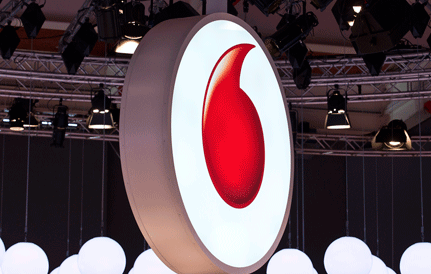TV Advertising: Content providers says partnerships with third party platforms is key to growing audiences
 Broadcaster senior execs have praised partnerships with third party platforms such as YouTube, for building audiences and growth across its own platforms.
Broadcaster senior execs have praised partnerships with third party platforms such as YouTube, for building audiences and growth across its own platforms.
Commenting, on publishing Channel 4 content on YouTube, the broadcaster’s head of commercial and innovation, Jonathan Lewis said, “You need to think about what’s trending and at one particular point in time, you need to jump on those trends and publish content relevant to that trend.”
Channel 4 launched its digital-dedicated hub, Channel 4.0 on YouTube towards the end of last year which houses social entertainment formats rooted in youth culture. The UK broadcaster has also published programming from a slate of its hit shows on YouTube.
Lewis said, “the majority of broadcasters will think we’re bonkers doing that. But the key principle is that this is incremental to our overall viewing”.
“We are seeing some of that flow back from particularly to our archives which is really encouraging. Now look, we’re still in an experimental phase, and I’m not going to say that we’re all going to be skipping into the sunset together. But I do feel that it’s been a really valuable experiment that is currently working for us, and its allowing us to access young audiences,” he added.
DAZN Women Sport boss, Hannah Brown noted though the company’s main objective is to have a relationship with the customer directly via its own platform, there is value in having extended reach.
The Co-CEO of recently-launched DAZN Women Sport said its partnership with YouTube was instrumental in DAZN’s acquisition of the Women Champions League rights.
The women-focused sport division launched this year headed by brown and Esmeralda Negron, following the acquisition of their founded ata football platform.
“DAZN did not have a global platform at the time, it didn’t have a way of distributing their content, and YouTube had been a fundamental partner,” said Brown.
She went on to highlight the challenges of broadcasting women’s football behind pay wall, with coverage of women football still on the rise.
“When you put good content in front of a good audience, they watch it. What they’re not doing is seeking it out, and when you put a pay wall in front of it a very small number of them make a direct pay choice,” she said “Some do pay for it, but not enough.”
“So there is a period of time where we’ve got to think about how we develop this audience in this new competitive landscape and connect content with an audience in a third party way,” Brown added. “I think the last ten years have been such an amazing kind shift from a kind of linear only environment to a digital environment and how both overloading capitals and the distributing of content on third party platforms have evolved.
She added, “Thinking about what the competitive landscape is for women’s football to succeed and the role that collaboration has to play in this success makes it kind of a no brainer.”
However Lewis noted there needs to be a strategy behind distributing content across third platforms and seeing results.
He advised, “I think you need to experiment windowing and how you series stack certain content. You need to capture the zeitgeist of what’s going on in that particular week or that particular day. It’s not just about chucking it all up there and expecting the algorithm to work for you, it doesn’t work like that. “



